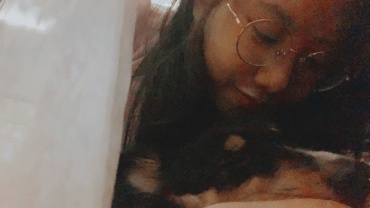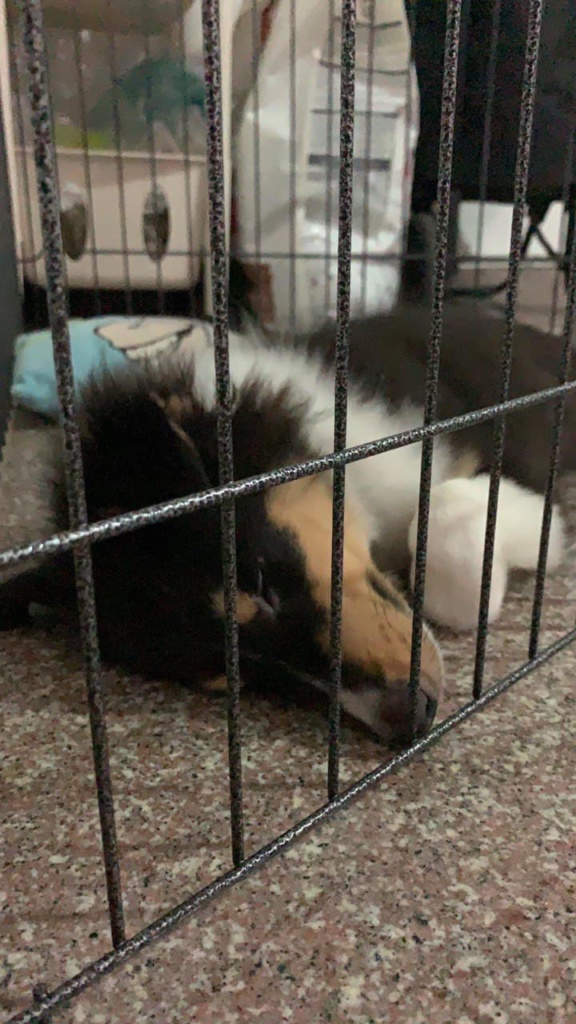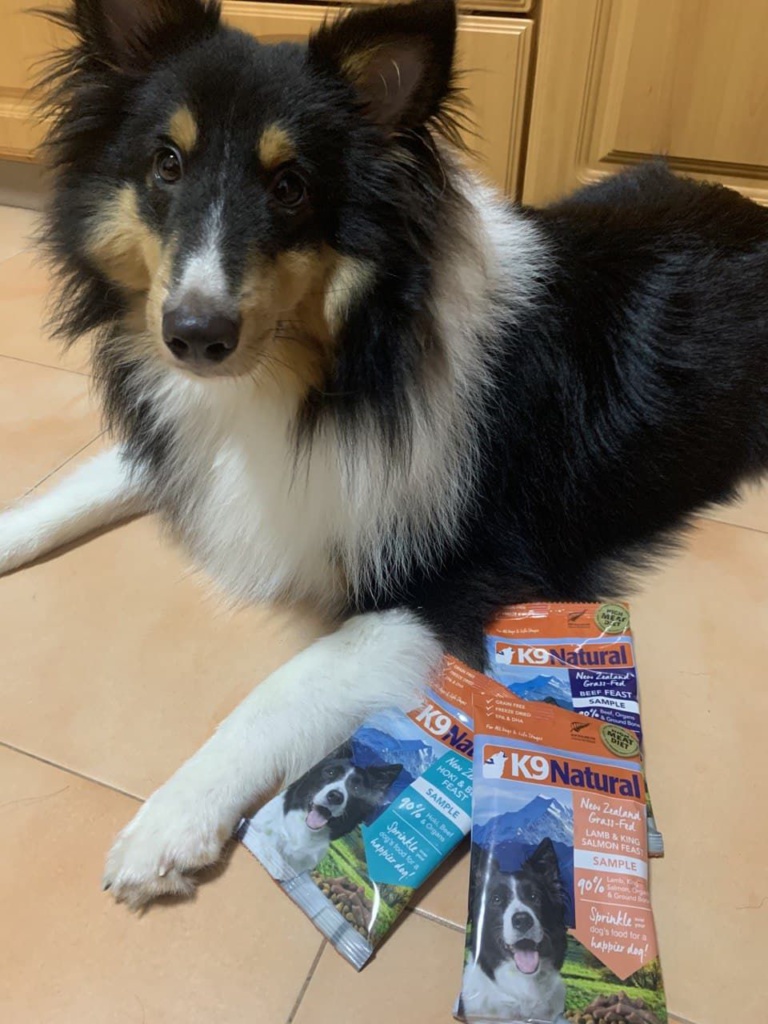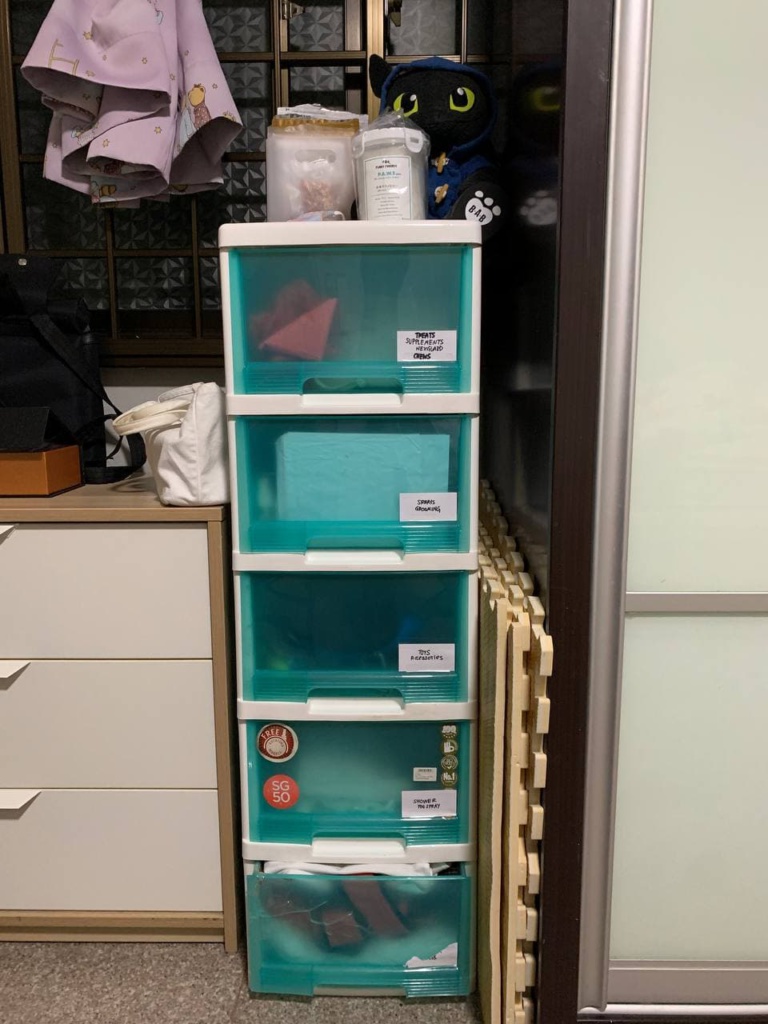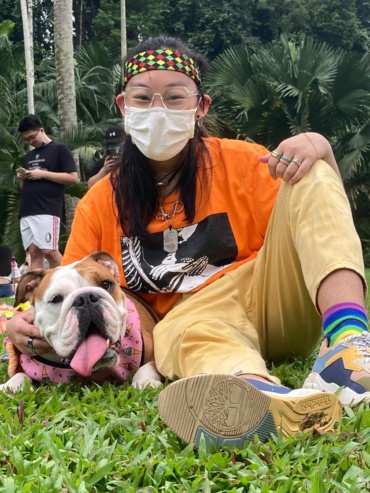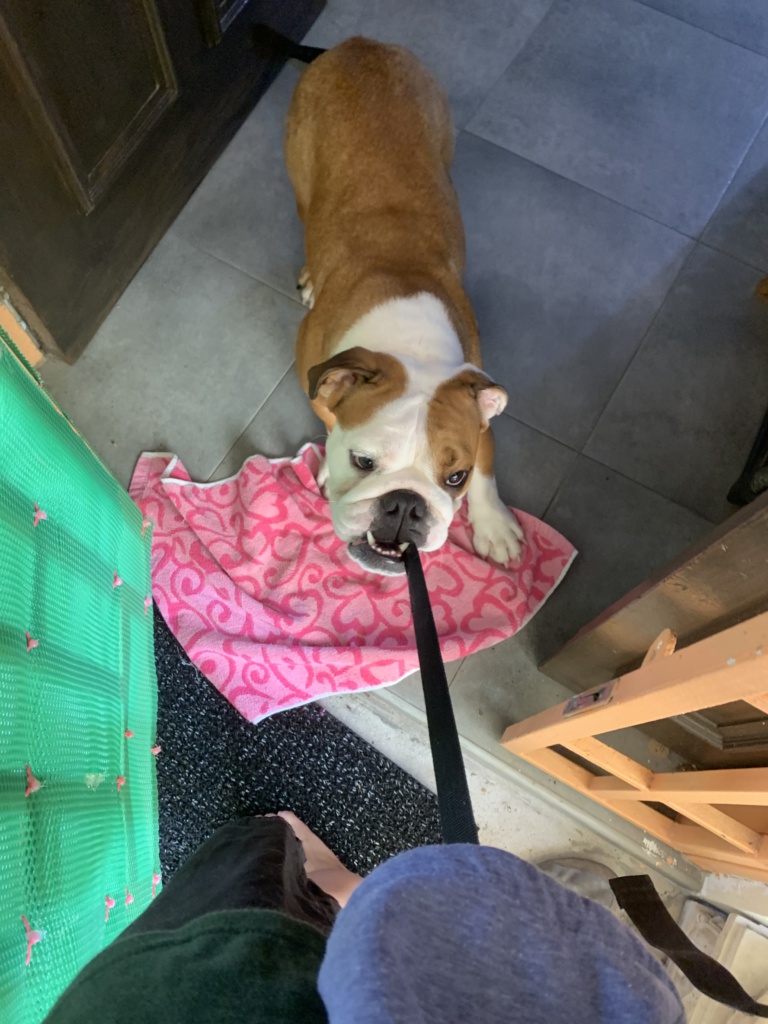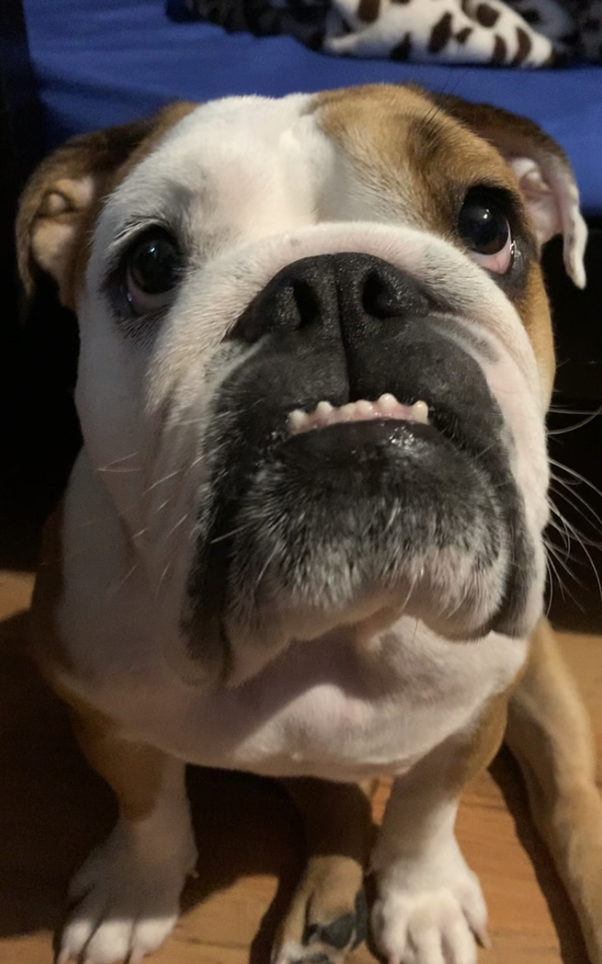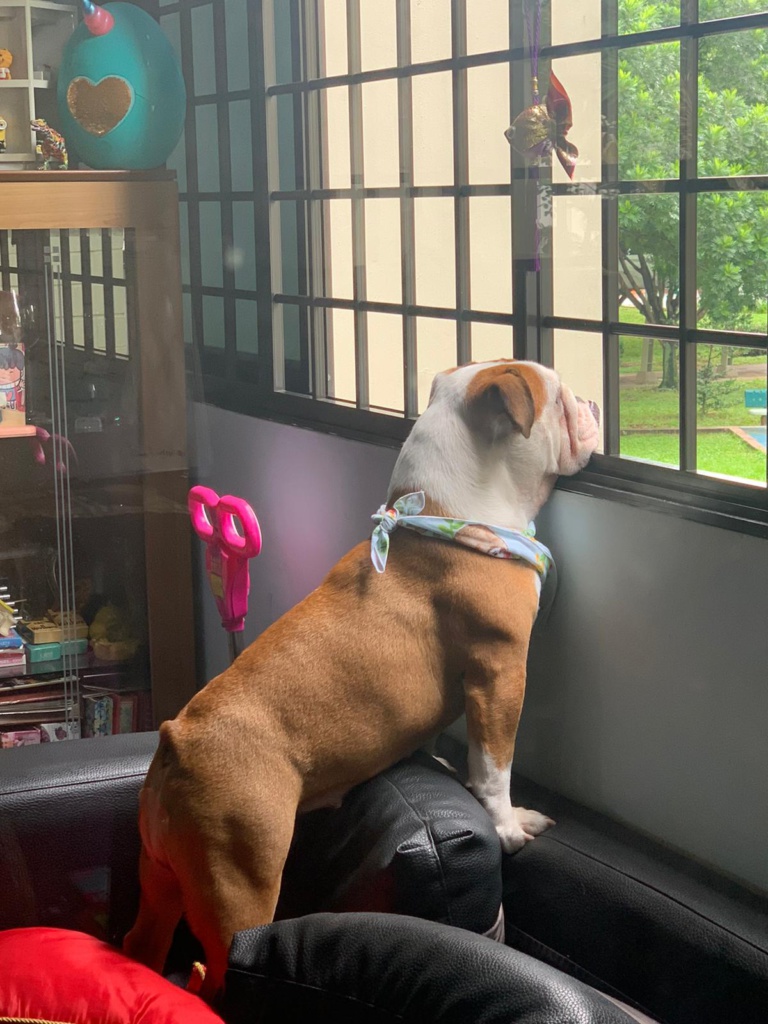Article originally published on SitStay. Refer to the original article here. Article written by Jessica Mabie.
What is Separation Anxiety?
Dogs with separation anxiety experience stress, confusion, and tension. Separation anxiety manifests when a dog is insecure when left alone and is separated from their human.
There are varying separation anxiety levels that dogs can experience, from mild whining to extreme behaviors like destroying their surroundings. Symptoms associated with separation anxiety include:
- Drooling and panting: When dogs experience extreme anxiety, they may pant and or drool excessively.
- Crying, barking, or whining: Dogs will display persistent crying, barking, or howling when separated from their family.
- Urinating or defecating: Dog with separation anxiety will have absence when left alone, even though they are housebroken.
- Destructive behavior: Dogs with severe separation anxiety will dig or chew on furniture or exit points such as doors, window sills, or other accessible objects. This behavior is not only destructive but can also be dangerous and cause injury to your dog.
- Escaping: Some dogs will attempt to flee their home, yard, or crate to find their humans.
- Pacing: Pacing often at the door their human used to leave is a common habit seen in dogs with separation anxiety.
- Stress colitis: Dogs who experience prolonged stress from separation anxiety may even begin to suffer from colitis. Colitis is inflammation in the large bowel resulting in diarrhea.
Separation Anxiety – The Difference Between Dogs and Humans
Dogs and humans are very different when it comes to what feels natural when separated. Humans grow up to be independent to leave their parent’s home.
It feels natural for humans to leave to go to the store, out to dinner, work, and even on vacation. It feels unnatural and uncomfortable for most humans to stay home all the time, as seen in today’s world of social distancing and quarantine.
On the flip side, dogs are pack animals. Pack animals do almost everything together, from hunting, sleeping, eating, and even rearing their young. Though there are a few times that the pack may separate, they often do so in groups, rarely leaving any of them completely alone.
Pack animals find a sense of security together, it is easier to hunt together, and there is safety in numbers. And though our dogs no longer need that same security to survive, it is an ingrained behavior.
Separation Anxiety Dog Training
Whenever anyone gets a new dog, they focus on housetraining, recall, sit, and down, but often overlooked is training your dog to be okay when left alone. Proactive training to avoid separation anxiety is always the best choice when possible.
However, every situation is different, and dogs may develop separation anxiety for various reasons. One of the common reasons dogs suffer from separation anxiety is if they were previously abandoned. These dogs are more likely to suffer from separation anxiety in their new home until they become more confident.
Below are some different ways to help your dog get over separation anxiety.
What is Dog Training for Dogs with Separation Anxiety?
Dog training dogs with separation anxiety is about changing how a dog feels about being left alone. Training helps dogs associate feelings of calm and confidence instead of anxiety and fear when the owners leave.
Training aids your dog in understanding that when you leave, you will also come back. Training also helps dogs acclimate to being alone and shows your dog it’s safe for them to be on their own.
Separation anxiety training is about building trust between canine and human and teaching a dog how to live in a human world. Additionally, separation anxiety training helps build on the amount of time your dog can be left alone.
How to Train a Dog with Separation Anxiety
First and foremost, your dog must receive proper exercise before you leave the house. Dogs who are full of energy will not be content being left alone for hours on end. So, the first step in training is to drain that energy before you even step foot out of your house.
The second most important factor is your behavior and energy. Do you feel bad about leaving your dog? Nervous or anxious? Dogs pick up on our feelings and energy. If we are putting off nervous or tense vibes, your dog feels that, but they do not know why; instead, they just know something is wrong.
So be sure when you leave your dog that you are calm and confident. Do not become excited or go through a big goodbye routine. Instead, grab your wallet or purse and leave the house. When coming home, do not enter your home with exciting energy; instead, be calm, the same as you were when you left. You want to teach your dog that leaving and returning is not a big deal.
Next, it is all about baby steps. Start with teaching your dog to comfortable staying behind when you leave a room. To do this, you will want to find a focal point for them to wait on. It can be anything like a bed, mat, or training table. Put your dog on their focal point and take a step away, then come back and reward. Be sure you are rewarding calmly; this is a low energy exercise.
Never call your dog off the focal mat; instead, use a release command. With time build on this exercise with greater distance and duration.
Note this is not where your dog will stay in your absence; you are teaching your dog to be calm and confident being away from you. Your dog does not need to sit or lie down; your dog only needs to be relaxed.
Another thing to work on when training a dog is desensitizing them to their trigger points. Suppose your dog starts to show signs of anxiety when you put on your jacket, shoes, or touch the doorknob to leave. You will want to desensitize this action, meaning you need to remove any value that this action has to your dog.
Key Takeaways to Your Dogs Separation Anxiety
All too often, humans unintentionally trigger separation anxiety in their dogs, either by not teaching them to be alone in the beginning, creating too much nervous energy when leaving or by not providing enough exercise before leaving the house.
The great news is that many dogs can overcome separation anxiety with training.
However, in severe cases of separation anxiety, it is best if you seek the professional help of a dog behaviorist or veterinarian to aid you and your dog.

